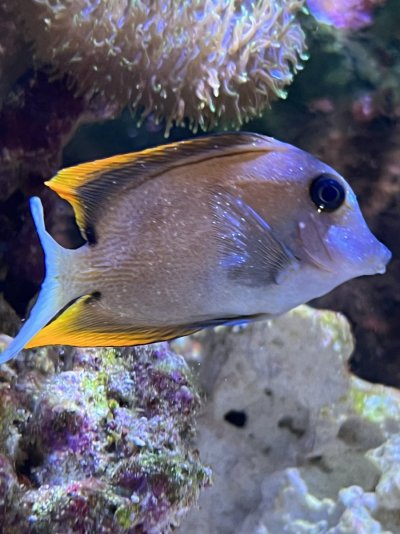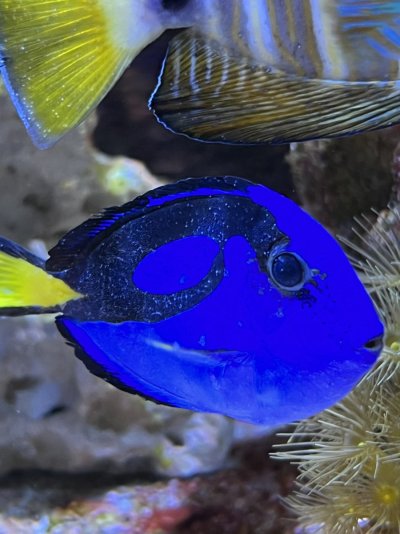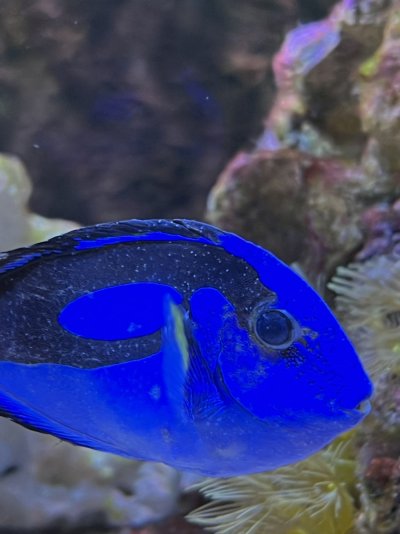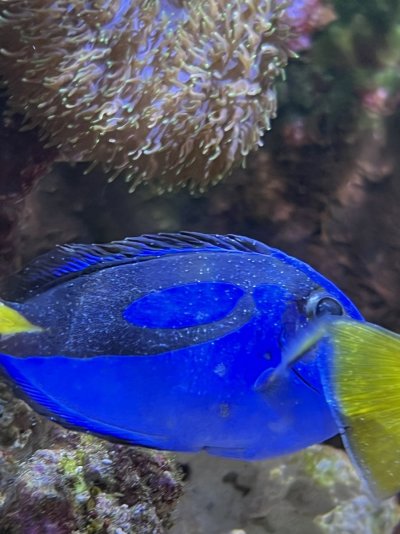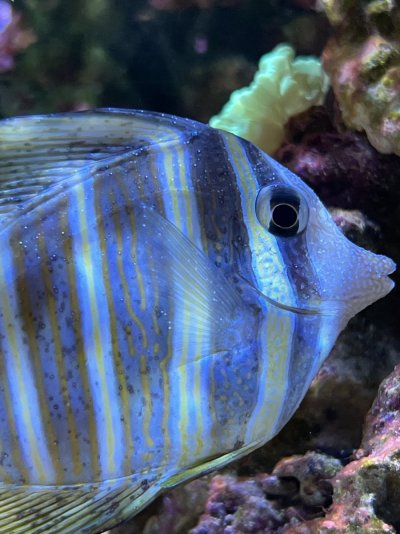About a week ago, I added paired clowns, which didn't bother anyone other fish. Recently, they have started to explore the tank. However, they seem to be peaceful. It's just that our three tangs (blue hippo, tomini, and sailfin) seemed to have been affected since their introduction. It appears to be black ich, but not sure.
I was thinking of adding ProziPro directly to the tank -- not sure if corals or inverts would be affected. I can set up a QT, but it will be next to impossible to catch all three, and leaving them in a 10-gal is also probably not the best idea.
Could really use some help with diagnosis and suggestions. Thank you.
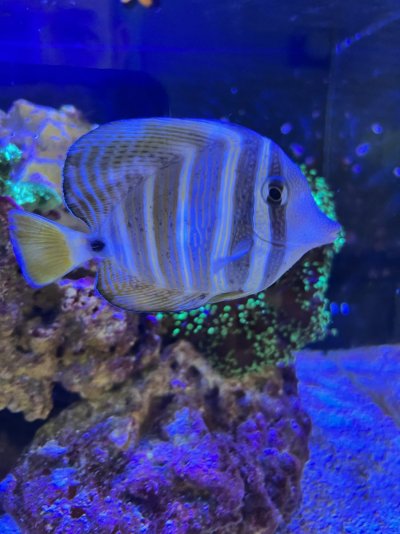
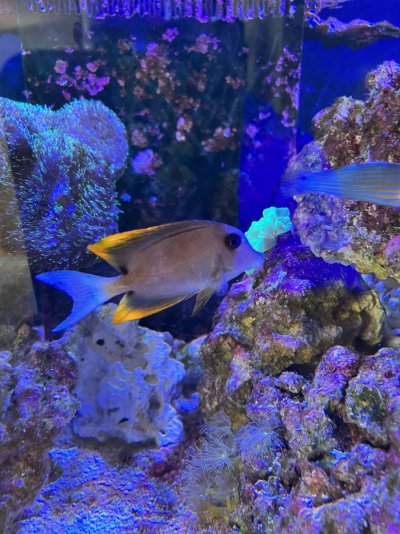
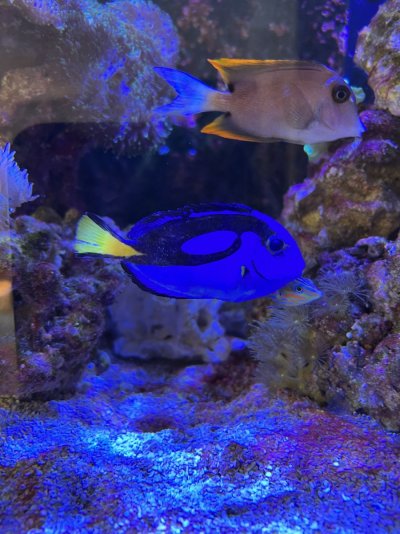
I was thinking of adding ProziPro directly to the tank -- not sure if corals or inverts would be affected. I can set up a QT, but it will be next to impossible to catch all three, and leaving them in a 10-gal is also probably not the best idea.
Could really use some help with diagnosis and suggestions. Thank you.









